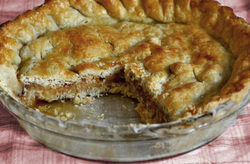
There’s much to be said for Nabisco’s marketing strategies around the Ritz cracker. First produced and distributed from a North Philadelphia location in 1934, the crackers were well-received from the start. The crackers' unique color, shape, and light, buttery flavor were completely different from their pale, square forerunners. The Ritz name was also a winning angle for Nabisco, conjuring images of wealth during a difficult time by alluding to the glamorous Ritz-Carlon Hotel in New York. Above all, Ritz crackers boasted affordable luxury at only 19 cents a box. Nabisco introduced its Ritz cracker version of Mock Apple Pie in 1935, and the recipe remained on the box for decades. The recipe became a hit with thrifty homemakers who -- across the country and across time -- may have identified with a bit of nostalgia themselves.
Ingredients
• Pastry for two-crust 9-inch pie
• 36 Ritz Crackers, coarsely broken (about 1 3/4 cups crumbs)
• 1-3/4 cups water
• 2 cups sugar
• 2 teaspoons cream of tartar
• 2 tablespoons lemon juice
• Grated peel of one lemon
• 2 tablespoons margarine or butter
• 1/2 teaspoon ground cinnamon
Directions
1. Roll out half the pastry and line a 9-inch pie plate. Place cracker crumbs in prepared crust; set aside.
2. Heat water, sugar, and cream of tartar to a boil in saucepan over high heat; simmer for 15 minutes. Add lemon juice and peel; cool.
3. Pour syrup over cracker crumbs. Dot with margarine or butter; sprinkle with cinnamon. Roll out remaining pastry; place over pie. Trim, seal, and flute edges. Slit top crust to allow steam to escape.
4. Bake at 425°F for 30 to 35 minutes or until crust is crisp and golden. Cool completely.
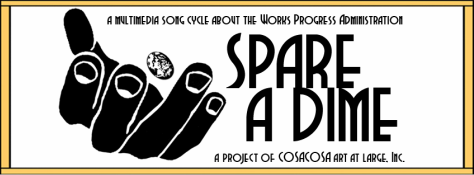
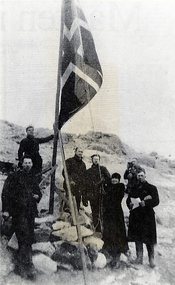
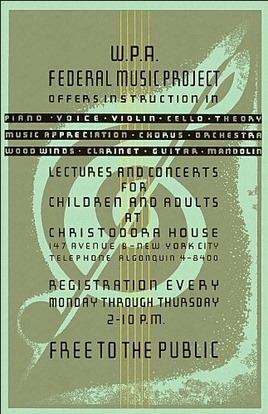


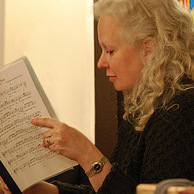




 RSS Feed
RSS Feed
